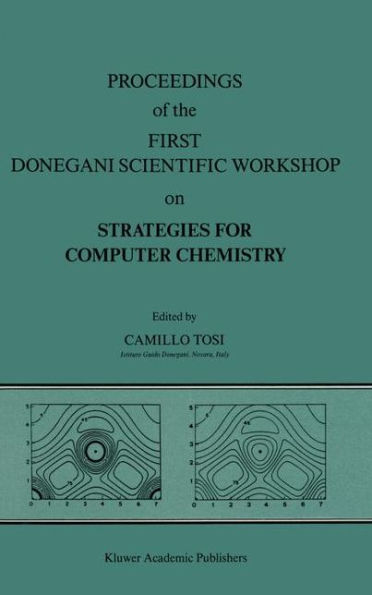Cycloadditions are a very important class of reactions, which can be 1 used to obtain compounds of various ring sizes • Although these ,2 react? been largf: nvnntigated expnnivnntntit consi:fn ee f, :~oversy still fgeir mechanism, A reaction gene' ves the formaci new (J bonds between the reactants at the expense of n bonds. For such processes it is possible to postulate three different mechanisms: i) a synchron.ous concerted approach involving a cyclic transition state (TS) new bonds formed extent: ii)a neynchronous co:,:':" m:"chanism in whict fWO disticc to changes in e:f,me occurring the reactants and the single TS and the others mainly between the TS and products. iii) a two-step process, which occurs in two kinetically distinct steps via a ghnntical intermedintn Renect! gene computed the petential enerse or the ies of prototype tion reaction:f 4a i) the [2+2] cycloadditions H2C=CH2 + H C=CH , H C=O + H C=O,':b 2 2 2 2 H2 = 2 + O=O:4c C CH ii) the 1,3 dipolar cycloaddition HCNO + HC=CH, HCNO + H2C=CH2, H2CNHO 4d + H2C=CHd' 4e iii) cgdoaddition H C=CH • 2 2 have been potential enenpd th (STO-3G)5 ab-ini techniques f:ntcnged (4-31G)6 basis sets. All critical points have been fully optimized 7 using MC-SCF gradient techniques and characterized by diagonalizing 35 the related Hessian matrices computed using finite differences.
Cycloadditions are a very important class of reactions, which can be 1 used to obtain compounds of various ring sizes • Although these ,2 react? been largf: nvnntigated expnnivnntntit consi:fn ee f, :~oversy still fgeir mechanism, A reaction gene' ves the formaci new (J bonds between the reactants at the expense of n bonds. For such processes it is possible to postulate three different mechanisms: i) a synchron.ous concerted approach involving a cyclic transition state (TS) new bonds formed extent: ii)a neynchronous co:,:':" m:"chanism in whict fWO disticc to changes in e:f,me occurring the reactants and the single TS and the others mainly between the TS and products. iii) a two-step process, which occurs in two kinetically distinct steps via a ghnntical intermedintn Renect! gene computed the petential enerse or the ies of prototype tion reaction:f 4a i) the [2+2] cycloadditions H2C=CH2 + H C=CH , H C=O + H C=O,':b 2 2 2 2 H2 = 2 + O=O:4c C CH ii) the 1,3 dipolar cycloaddition HCNO + HC=CH, HCNO + H2C=CH2, H2CNHO 4d + H2C=CHd' 4e iii) cgdoaddition H C=CH • 2 2 have been potential enenpd th (STO-3G)5 ab-ini techniques f:ntcnged (4-31G)6 basis sets. All critical points have been fully optimized 7 using MC-SCF gradient techniques and characterized by diagonalizing 35 the related Hessian matrices computed using finite differences.

Proceedings of the First Donegani Scientific Workshop on Strategies for Computer Chemistry: October 12-13, 1987
266
Proceedings of the First Donegani Scientific Workshop on Strategies for Computer Chemistry: October 12-13, 1987
266Hardcover(1989)

Product Details
| ISBN-13: | 9789027728326 |
|---|---|
| Publisher: | Springer Netherlands |
| Publication date: | 12/31/1988 |
| Edition description: | 1989 |
| Pages: | 266 |
| Product dimensions: | 6.10(w) x 9.25(h) x 0.03(d) |
